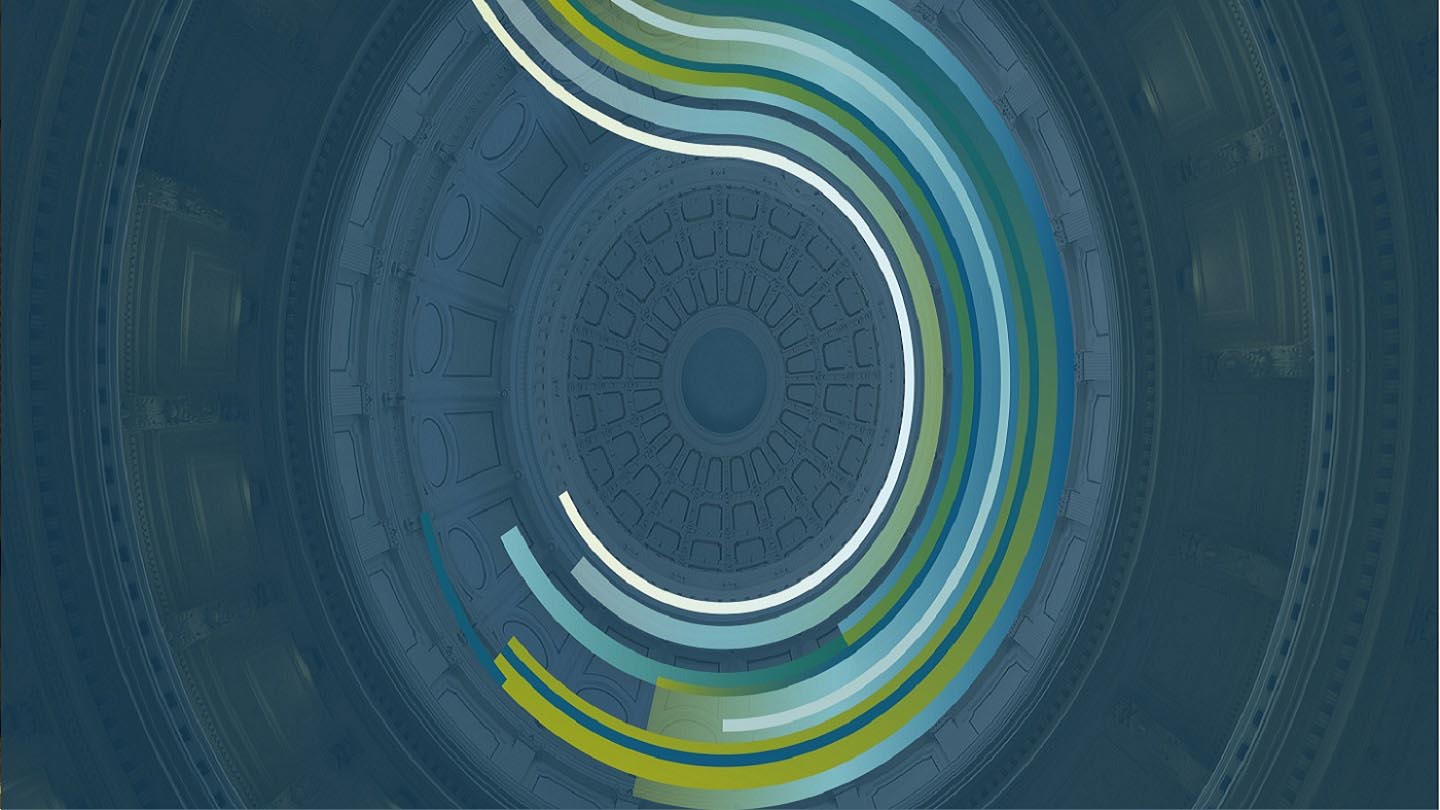Making payments easy will drive the adoption of B2B electronic payments, a key goal for public sector agencies that are moving from paper to electronic. One way to foster digital payments is to adopt, or adapt, the emerging technologies that already influence consumer payments and even more sophisticated technologies that emerge and become available for B2B payments. However, it must be easy for the customer to opt in to making and receiving payments electronically. For example, a token identifier such as an email address can make it simple to accept digital payments, encouraging businesses to make government payments electronically. Is it easy for a payee to agree to an account debit? Can the payer retain control over pushing out the payment if preferred? It’s important to integrate prompts for an electronic payment option at the moment of decision within a customer’s workflow.

Digital payment transformation is sweeping the industry. And expectations for business-to-business payments are evolving rapidly, driven by consumer payment trends. New electronic payment methods, emerging technologies and fintechs are shaping a fluid payments landscape. Federal government agencies and organizations alike seek to more agilely embrace strategic change but grapple with several challenges:
- What are the right payment alternatives, technologies to invest in for success?
- How do we balance rapid innovation with the stability and security required by the heavily regulated environment in which public sector must operate?
- Which are the best partners to enable change?
- How do I assess technology in light of client behaviors and preferences?
Future success for all players in the space is contingent on addressing the new dynamics, partnering with the right provider and keeping the client experience central. Here are some insights into the changes taking place across the financial services industry and how new technologies and partnerships can be harnessed to succeed in navigating the change.
Trends shaping the future of B2B payments
-
Digitization is fueling Americans’ expectations of immediacy for both B2C (business-to-consumer) and B2B payments. Just look at consumer’s digital payment options. Consumers are too busy to wait, so they have made touch and go, ordering ahead with an app and person-to-person money movement commonplace. It’s no surprise that customers believe that all payments should be faster and easier to keep up with their lifestyle. Faster and real-time payments are gaining steam, and the bar for corporate payers and payees is steadily rising: Why shouldn’t integrated data for the end user move seamlessly with payments?
-
Faster payments for businesses can significantly improve the paying agent’s cash flow. As interest rates rise, payers will want to keep the money in their accounts as long as possible. Faster payments allow for a greater precision in budgeting and a sharpened approach to overall cash management. Managing the timing of outgoing payments provides certainty and allows public agencies to optimize liquidity management in a rising rates environment.
-
Advancing technologies such as blockchain, machine learning and robotics are intersecting with the consumerization of B2B payments to deliver a better end-to-end payment experience. For example, banks are using the Big Data associated with their massive payments volume to gain insights into customer payment preferences and then to help businesses improve customer relationships. Banks also are using blockchain to share regulatory information to facilitate compliance and allow payments to settle more quickly through the payment system.
Balancing innovation amid constant change
Transacting should be so transparent for payers and payees that the payment itself becomes less important as an isolated event, and the associated data becomes the emphasis in driving a seamless end-to-end experience. Making payments effortless requires that the transaction fit seamlessly into the surrounding end-to-end processes and allows the focus to broaden to how the transaction enhances the overall experience.
The rapid introduction of new technologies necessitates careful evaluation before committing to a path. Key criteria should include understanding your processes, goals and the parameters of the user experience, including challenges, behaviors and demographics. How flexible are your internal systems, processes and organizational culture? This introspection will help define the willingness to change and allow you to assess which technologies will address key challenges and create new value for your constituents and the organization.
Governments, like businesses, are burdened with knowing all payment types and choosing the most appropriate method. The growth of digital payment alternatives adds to the complexity of choice. But it’s possible to optimize payments through your banking partner’s ability to intelligently route payments on your behalf to the optimal channel based on the agency’s overall objective. Simply put, a public agency should only need to provide the basic information including payee and amount to be paid.
A bank with payment scale can combine the Big Data associated with its massive payment volume and vast knowledge of your payment history and apply machine learning and the rules-based criteria that you specify. These criteria can include all of the factors that you consider today — price, settlement time, transaction volume and value, and the type of data you wish to include with a payment to enable integration with legacy systems and automated reconciliation.
Organizations shouldn’t have to decide on whether to partner with a bank or fintech. It is possible to get the best of both worlds. Increasingly, the role of fintechs has shifted from that of disintermediation to collaboration with financial services institutions. Fintechs are selectively joining forces with banks to deliver combined capabilities that bring together different approaches to thought leadership and innovation, in addition to the safety, security, scale and trusted environment of a large regulated banking institution.
A vision within reach
Our broad customer base and active role in shaping global payments has afforded J.P. Morgan the opportunity to work with customers worldwide across many industries to enable them to align with a fast-changing payments landscape.
J.P. Morgan is incorporating emerging technologies based on a holistic view of the payments landscape. The firm is investing in a basket of promising technologies, carefully vetted through due diligence, so that we can pivot at the right time and integrate developments into comprehensive payments capabilities. Our approach includes:
- Investing in digital and faster options to pay and receive
- Applying advanced technologies to solve longstanding challenges and emerging needs
- Partnering with fintechs to better serve our clients by combining strengths around scale, robustness, security and stability
Contact your Treasury Service Manager to learn more about how you can take advantage of J.P. Morgan’s expertise to achieve your goals.
J.P. Morgan, JPMorgan, JPMorgan Chase and Chase are marketing names for certain businesses of JPMorgan Chase & Co. and its subsidiaries worldwide (collectively, “JPMC”). Products or services may be marketed and/or provided by commercial banks such as JPMorgan Chase Bank, N.A., securities or other non-banking affiliates or other JPMC entities. JPMC contact persons may be employees or officers of any of the foregoing entities and the terms “J.P. Morgan,” “JPMorgan,” “JPMorgan Chase” and “Chase” if and as used herein include as applicable all such employees or officers and/or entities irrespective of marketing name(s) used. Nothing herein is a solicitation by JPMC of any product or service which would be unlawful under applicable laws or regulations.
Investments or strategies discussed herein may not be suitable for all investors. This is not intended to provide, and should not be relied on for, accounting, legal or tax advice or investment recommendations. Please consult your own tax, legal, accounting or investment advisor concerning such matters.
Not all products and services are available in all geographic areas. Eligibility for particular products and services is subject to final determination by JPMC and or its affiliates/subsidiaries. This material does not constitute a commitment by any JPMC entity to extend or arrange credit or to provide any other products or services and JPMorgan reserves the right to withdraw at any time. All services are subject to applicable laws, regulations, and applicable approvals and notifications.
Notwithstanding anything to the contrary, the statements herein are not intended to be legally binding. Any products, services, terms or other matters described herein (other than in respect of confidentiality) are subject to the terms of separate legally binding documentation and/or are subject to change without notice.
JPMorgan Chase Bank, N.A. Member FDIC. Deposits with JPMorgan Chase Bank, N.A., Toronto Branch, are not insured by the Canada Deposit Insurance Corporation.







